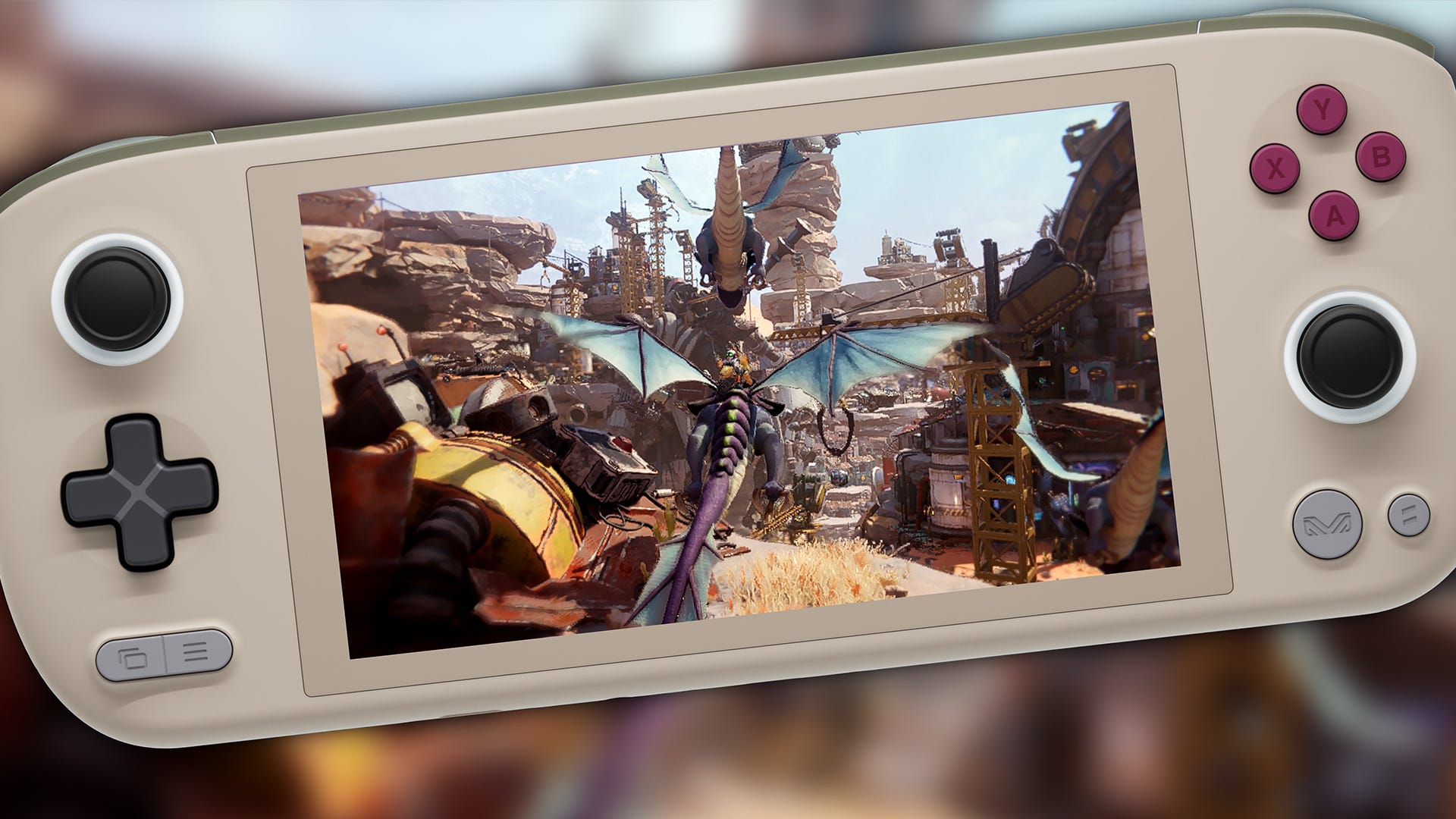
One area where AMD is simply untouchable is in its APU business. Having dominated the console space with custom x86/Radeon processors for consoles, the firm is doing it again in the PC handheld space. Steam Deck made the impossible real by allowing triple-A titles to run on a totally viable handheld system, and while Valve is facing a number of competitors in this space now, the bottom line is that it’s inevitably an AMD processor at the heart of each and every one of these systems. AyaNeo has established itself as a manufacturer of quality PC handhelds and its latest generation of devices – AyaNeo Air 1S and AyaNeo 2S – are excellent, overall.
The AyaNeo 2S is very easy to describe. It’s essentially identical to the AyaNeo 2 and AyaNeo Geek we’ve already reviewed, with the older generation Ryzen 7 6800U swapped out for the new 7840U. We’re looking at a large, high-quality handheld here with a top-tier seven-inch LCD screen, Hall Effect sticks, responsive buttons and excellent I/O – you can’t really argue with three USB-C ports (two top, one bottom). The AyaNeo Air 1S is based on the same processor, but it’s an altogether different device, with a 5.5-inch AMOLED screen, a tiny form factor (think of it as a thicker Switch Lite) and twin USB-Cs – one top, one bottom. The screen is simply beautiful, with phenomenal contrast.
Integrated into these handhelds is the Ryzen 7 7840U, the top-end processor in AMD’s latest line of processors, codenamed Phoenix. On the face of it, we’re looking at a slightly tweaked version of the AMD Z1 Extreme chip found in the Asus ROG Ally. Both have CPU clusters based on AMD’s latest Zen 4 architecture, while the same 12 RDNA 3 compute units make up their integrated graphics component. Even memory bandwidth is much the same, though AyaNeo says that 7500MT/s memory may be an option in its BIOS – but it recommends 6400MT/s for lower power modes.




